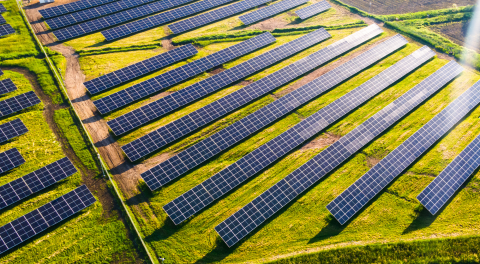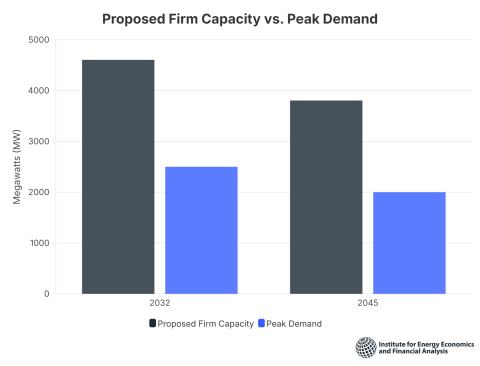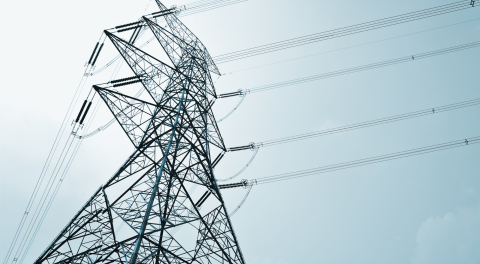When net-zero means not-zero: Bringing perspective to Snam’s 2040 net-zero and sustainable financing claims
Download Full Report
View Press Release
Key Findings
Even as it seeks to attract funding from sustainability-led lenders, Europe’s largest gas pipeline company continues to devote the vast majority of planned capital spending to unabated fossil gas infrastructure.
Far from becoming net-zero, in 2040 Snam will be contributing at least 18x its total reported emissions today.
Snam’s network has a long way to go (perhaps a decade and billions of euros in investment) before it will be safely transporting renewable hydrogen in any meaningful volume.
Executive Summary
This report finds that Snam’s 2040 net-zero target and 2020-2024 strategic plan ultimately fail to address the decarbonisation of Snam’s gas grid in line with recognised Paris-compliant energy transition pathways (well below 2°C global warming).
Instead, Snam’s planned investments remain focused on the expansion and replacement of natural gas (“fossil gas”) infrastructure, with only 9% allocated to “energy transition” between 2020 and 2024. The company is incredibly bullish on hydrogen, emphasizing its market positioning while acknowledging that costcompetitive production of renewable hydrogen is at least a decade away. We remind investors that hydrogen readiness alone does not lead to hydrogen volumes, decarbonisation, or carbon neutrality.
The company’s aggressive push into the sustainable finance market arguably presents business-as-usual activities as laudable green initiatives, such as reduction of gas leaks, efficiency increases or hydrogen-ready pipelines. By issuing climate action and transition bonds, linking syndicated credit terms to sustainability key performance indicators (KPIs) as well as labelling commercial paper with environmental, social and governance (ESG) ratings solicited from a small London firm, Snam counts more than €7bn of ‘sustainable financing’ to date. These are funds that could be flowing to real zero-carbon solutions instead. We outline potential areas of concern for climate-conscious investors.
Based on these findings, we urge Snam to align its actions with its rhetoric by taking the following steps:
- Include emissions from the end-use of transported gas in Scope 3 greenhouse gas (GHG) emissions reporting;
- Implement measurable targets on reducing these broader Scope 3 emissions to net-zero, and work with its partners across the value chain to transition away from unabated fossil gas, along a Paris-compliant pathway;
- Publish a detailed plan for the transition of its network to net-zero emissions, along with information on a timeline for introducing increasing quantities of renewable gases;
- Commit more than 9% of its planned capital expenditures to energy transition activities and focus less on expansions and replacements of its regulated asset base (RAB); and
- Incentivise management to meet the new targets.
At this important juncture in European energy policy—with gas industry groups lobbying the European Union to include fossil gas as a transition fuel, as well as calling for binding EU targets around renewable gas deployment—it is vital that appropriate scrutiny is applied to fossil fuel companies’ claims of sustainability. This will prevent further fossil fuel lock-in, minimize stranded asset risk, and ensure cost-effective use of public funds.
We ask if Snam’s outdated regulated returns business model—one that incentivises infrastructure expansion over transition and passes demand/price risks onto consumers—is still fit for purpose in today’s changing energy world.
Please view full report PDF for references and sources.
















